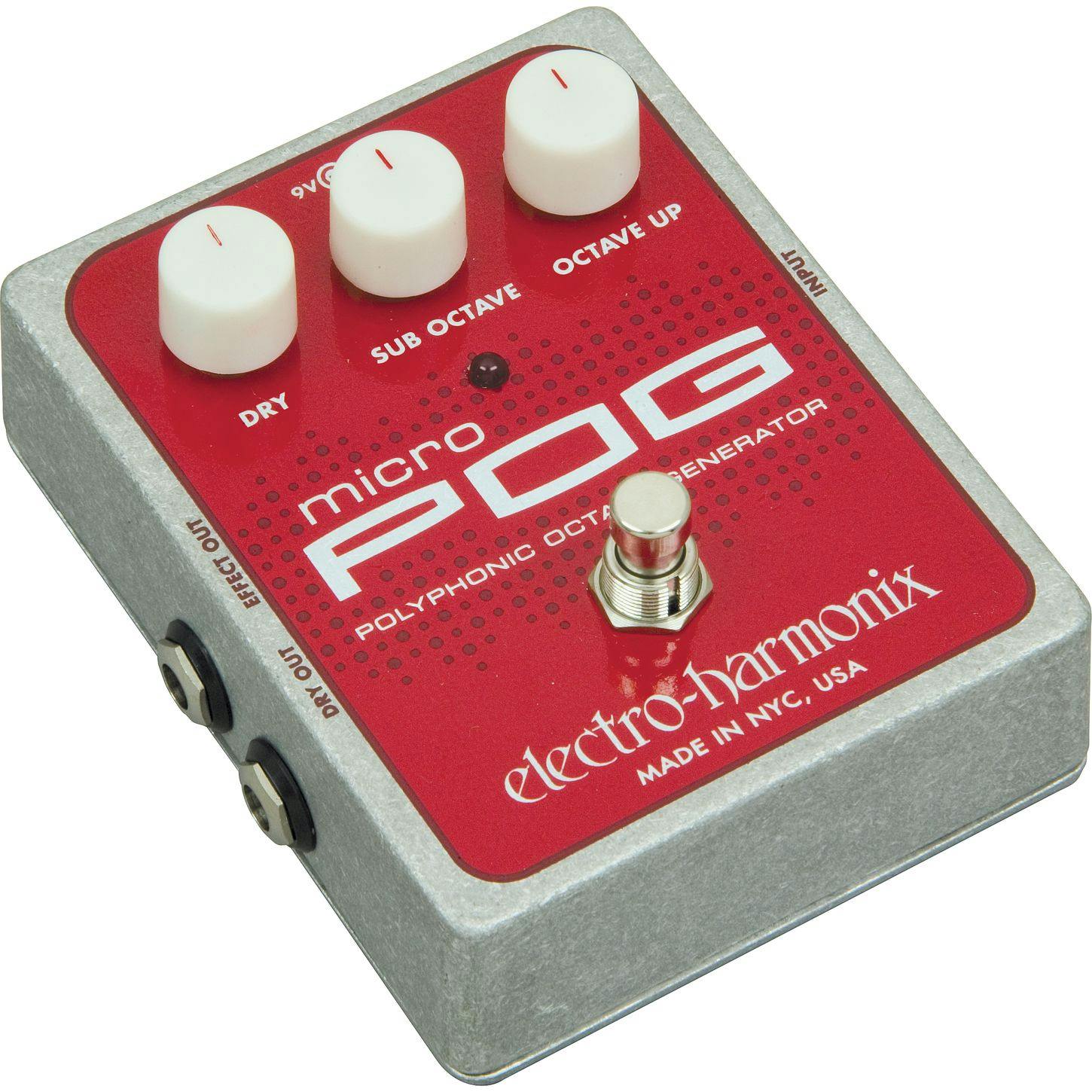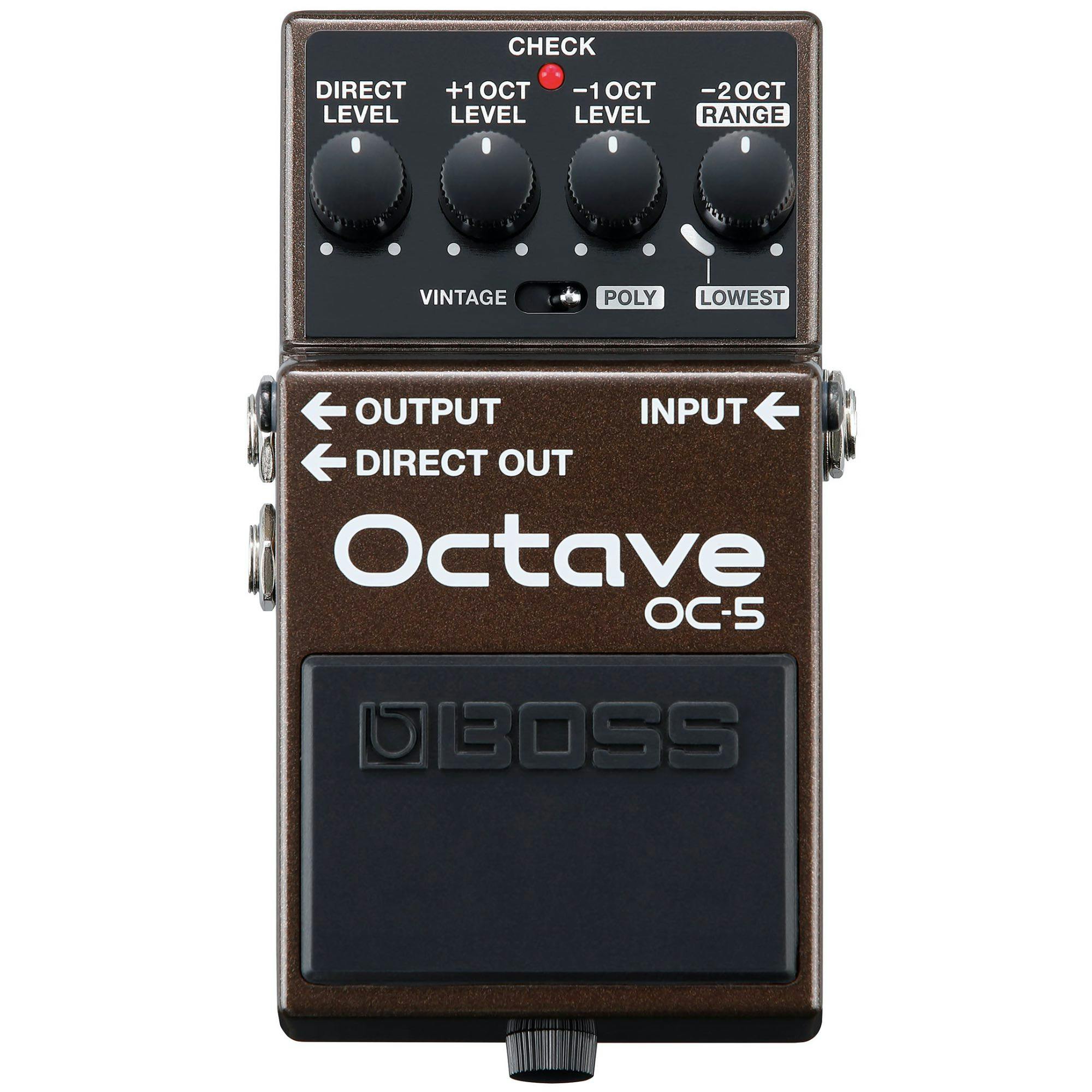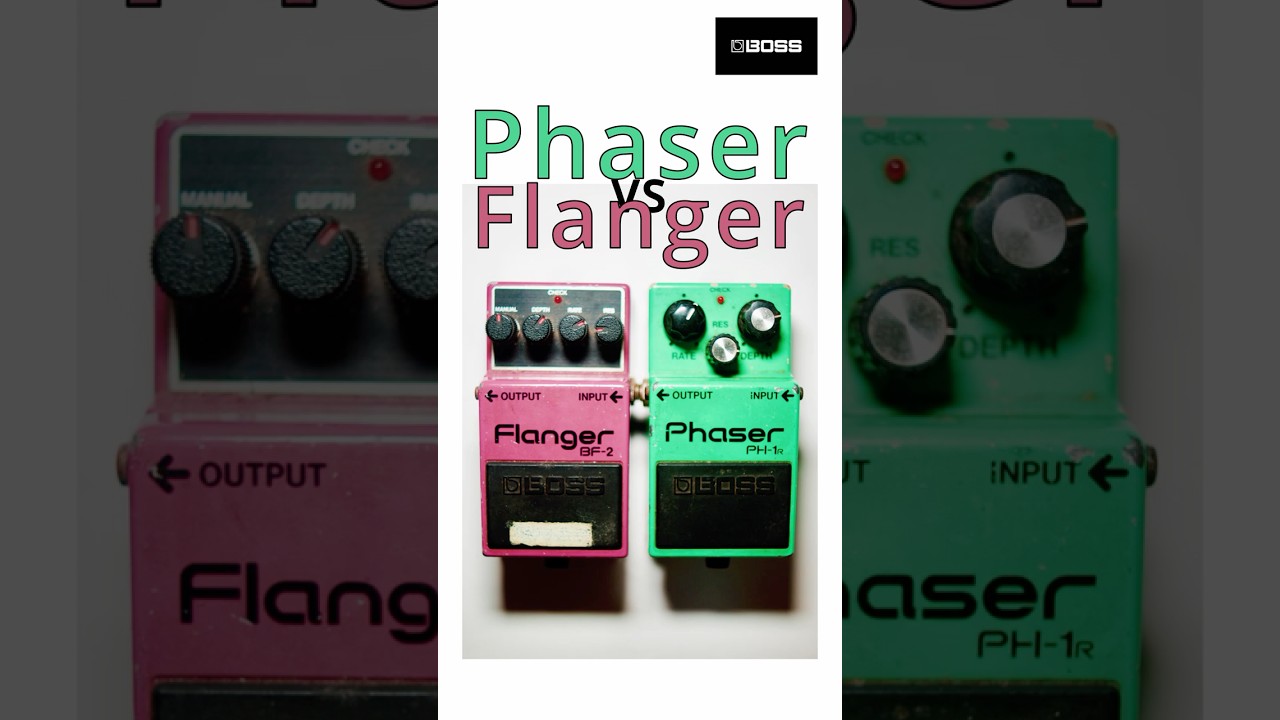Description
The Electro Harmonix Micro Pog Octave Guitar Effects Pedal is currently retailing at £199 and it is in stock. Available to be delivered to you by post direct (some charge may apply).The team at Just Pedals think that Electro Harmonix nailed it with the Electro Harmonix Micro Pog Octave Guitar Effects Pedal.
Electro Harmonix Micro Pog Pedal
The Electro-Harmonix Micro POG pedal offers you peanut-butter milkshake thick sound.
The EHX XO series Micro POG is a polyphonic octave generator effect that will make your 6-string guitar sound like a 12-string and make your 4-string bass sound like an 8-string.
The Micro Pog’s super-fast tracking gives you glitch-free polyphony and makes a great bass sound using the sub octave. Includes Dry, Sub Octave, and Octave Up controls. Dry and wet outputs.
Features
- Super fast tracking
- Glitch-free polyphonic output
- Dry, Sub Octave, and Octave Up controls
- Dry and wet outputs
We have new and used Electro Harmonix musical equipment available on our website for fast direct delivery from sellers across the UK & Europe.
Electro-Harmonix (EHX) is a legendary effects pedal company founded in 1968 by Mike Matthews, known for pioneering some of the most iconic sounds in music history. Based in New York City, EHX offers a vast range of pedals, from the classic Big Muff fuzz and Memory Man delay to innovative effects like the POG and Freeze. Renowned for their creativity, durability, and affordability, Electro-Harmonix pedals have shaped the tones of countless musicians across genres, from rock and punk to ambient and experimental music.
Just Pedals is a new Guitar Effect Pedals Marketplace – We feature new and used Guitar Effect pedals from different sellers, to purchase online from the UK.
A micro pedal is a compact effects unit designed to save space on a pedalboard while still delivering high-quality sound. These pedals are typically smaller than standard stompboxes, making them ideal for musicians who need a portable or space-efficient setup without compromising on tone.
Many top brands, such as Mooer, TC Electronic, and Xotic, offer micro pedals covering everything from overdrive and delay to modulation and compression. Despite their small size, these pedals often feature true bypass, premium components, and intuitive controls, making them a favourite among gigging musicians and those looking to maximise their pedalboard real estate.
An octave pedal shifts the pitch of the guitar signal up or down by one or more octaves, adding depth, thickness, or a synth-like quality to the sound. Some pedals generate a sub-octave for a deep, bass-like effect, while others create upper octaves for a sharp, organ-like tone. Many modern octave pedals allow multiple octave layers and polyphonic tracking, enabling chords as well as single-note riffs. Octave effects are popular in genres ranging from rock and blues to funk and experimental music. Well-known octave pedals include the Boss OC-5, Electro-Harmonix POG series, and MXR Blue Box, offering a range of classic and modern octave-shifting tones.
Just the latest videos
Just related products
7% Off £144.00 £124.00
Fusing classic BOSS octave tones with the latest tracking technologies, the BOSS OC-5 sets a new standard in octave pedal performance Brings together the best of its predecessors; the vintage warm mono tones of the 1982 OC-2 and the range-extending p…
read more
£48.00 £41.33
Exact recreation of the legendary overdrive circuit Offers a power boost and increased definition to your pedals! Features True Bypass 9-Volt battery included Optional 9.6DC-200BI power supply available
17% Off £174.00 £145.08
Made in the USA. True bypass. High-end product.




































